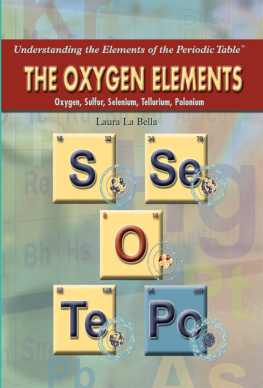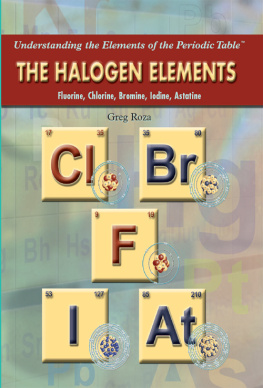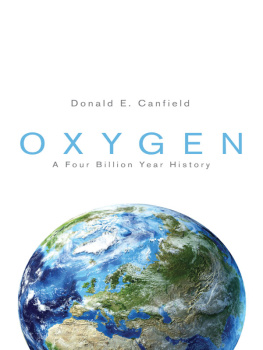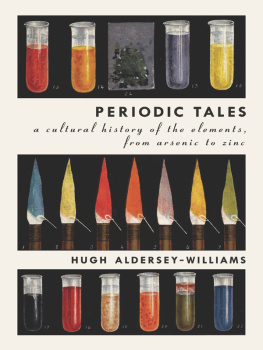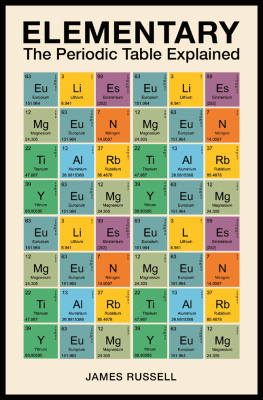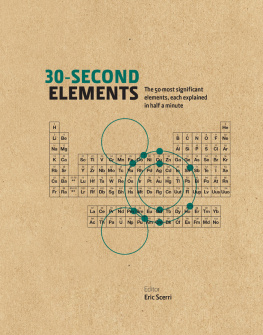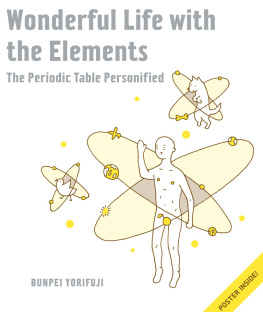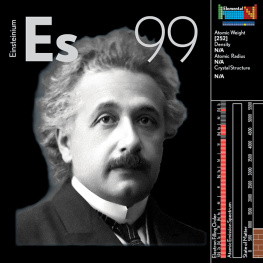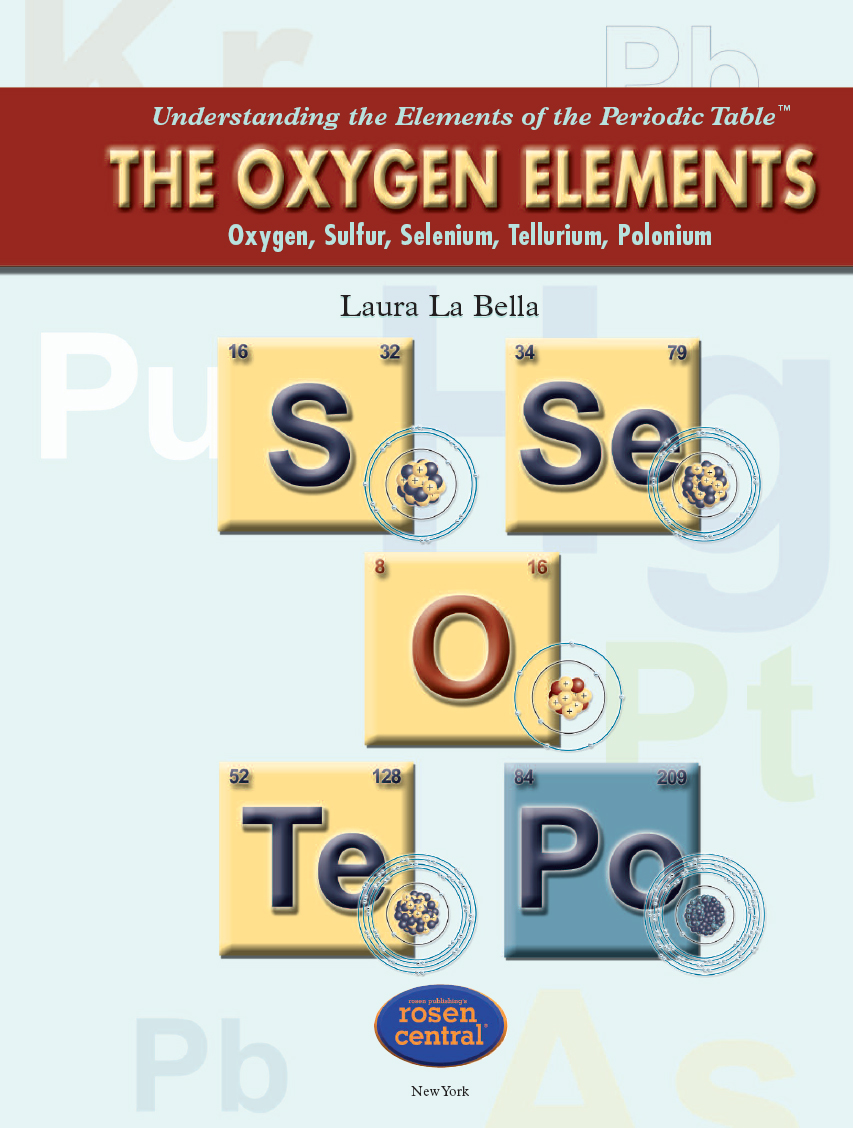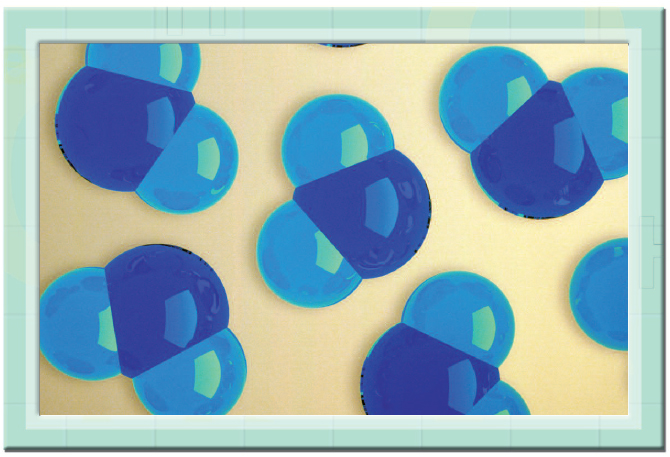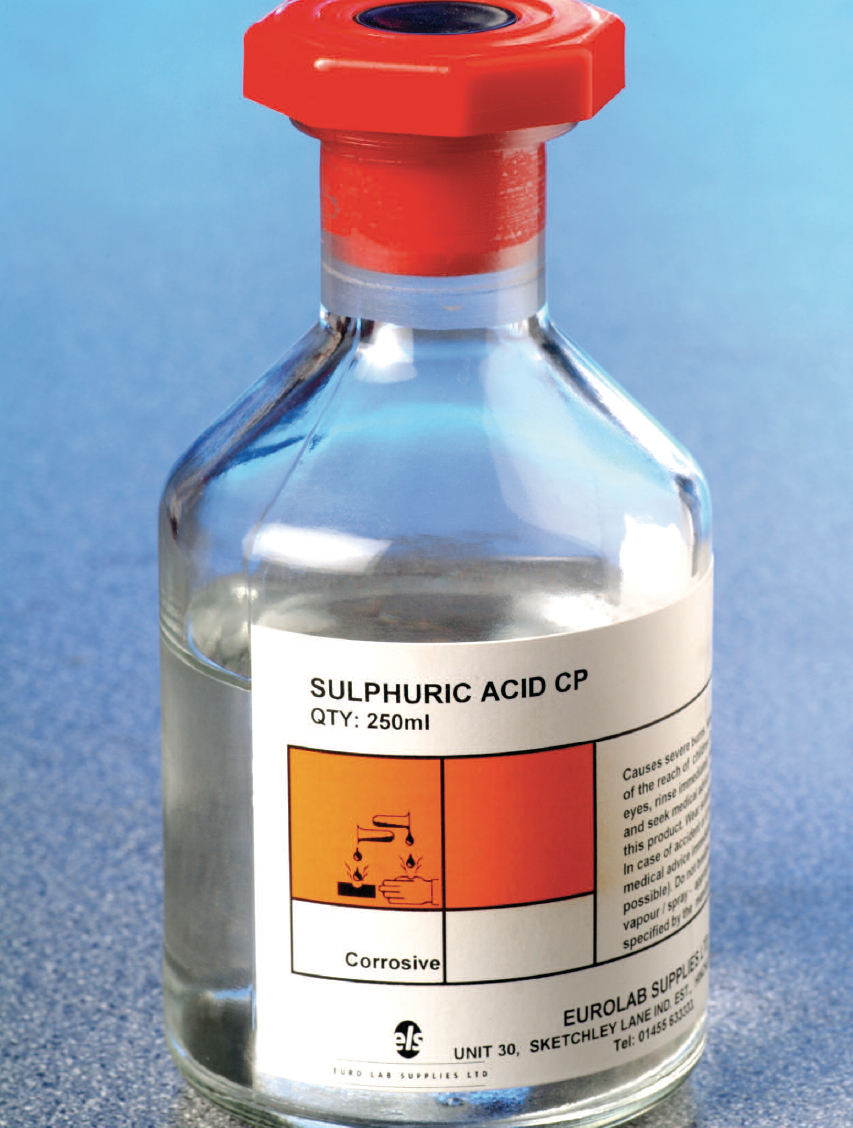For Paulie
Published in 2010 by The Rosen Publishing Group, Inc.
29 East 21st Street, New York, NY 10010
Copyright 2010 by The Rosen Publishing Group, Inc.
First Edition
All rights reserved. No part of this book may be reproduced in any form without permission in writing from the publisher, except by a reviewer.
Library of Congress Cataloging-in-Publication Data
La Bella, Laura.
The oxygen elements: oxygen, sulfur, selenium, tellurium, polonium /
Laura La Bella.1st ed.
p. cm.(Understanding the elements of the periodic table)
Includes bibliographical references and index.
ISBN 978-1-4358-3555-9 (library binding)
1. OxygenPopular works. 2. Periodic lawPopular works. I. Title.
QD181.O1.L13 2010
546'.72dc22
2009012541
Manufactured in the United States of America
On the cover: The cover graphic shows the five elements of the oxygen family as they appear on the periodic table. The atomic structure of each element is also shown.
Contents
Introduction
T here is one thing we cannot live without: oxygen. It is fundamental to all life on Earth. We know that we can live without food for weeks if we were forced to. We even know that we can live without water for a few days. But life without oxygen... its literally impossible. At most we can last five minutes without oxygen before starting to suffer brain damage and cell death that may be irreversible. This oxygen deprivation can be fatal.
As essential as oxygen is for our bodies, it is also vital to our atmosphere, to Earths crust, and for the creation of water. Luckily for us, it is one of the most abundant elements in the world. And the other elements that make up the oxygen family on the periodic table of elementssulfur, selenium, tellurium, and poloniumeach play a crucial role in our lives. They not only aid in our survival, but they also assist in the manufacturing of products that we use each day, helping make our lives easier and more pleasant.
A paramedic treats a patient with oxygen to help him breathe more easily after an emergency.
In this book, you will be introduced to the oxygen family and learn how these elements are connected. You will discover how these elements are structured, where they are found, what traits they share, and how each is unique. You will also learn about their uses in everyday life and the many powerful applications that result when they work together and with other elements to form compounds.
Chapter One
Meet the Oxygen Family
O xygen is all around us. It is in the air we breathe and the water we drink. It is the most abundant element found in Earths crust, and it is used in the manufacture of products. But we rarely stop to think about how oxygen and the other elements that make up the oxygen family are the foundation for so much life on Earth, and how they make that life possible and sustain it. How does oxygen contribute to the air we breathe and Earths life-nurturing atmosphere? How does it help form life-giving water? Why is it used so prevalently to make the products that we use every day? To understand how oxygen and the related elements in the oxygen family make all these things possible, we must first understand what these elements are and where they come from.
All About the Oxygen Family
Oxygen is a colorless, odorless, tasteless, gaseous chemical element. Chemical elements can be solids, liquids, or gases. Oxygen is a gas. It is also the third most abundant element in the universe. All chemical elements are organized on a chart called the periodic table of elements. The periodic table is a way for scientists to classify, organize, and compare the more than 100 different elements that exist. Each element has a number, symbol, and specific position on the chart. Oxygens number on the periodic table is 8, which is called its atomic number. This means that an oxygen atom has eight protons in its nucleus. The element is represented by the symbol O.
Among the most popular elements on the periodic table, oxygen can easily form compounds with almost all other elements. A chemical compound is a substance that consists of two or more different elements with their atoms bonded together. For example, water is a compound made up of hydrogen and oxygen. When oxygen atoms bond with hydrogen atoms, water forms as a result.
The periodic table is organized into groups, which consist of elements that all have common characteristics. Oxygen is a member of the chalcogen group, sometimes known as the oxygen family, or group 16. The chalcogen group consists of five elements: oxygen (O), sulfur (S), selenium (Se), tellurium (Te), and polonium (Po). Of these elements, oxygen is the only gas. All of the other chalcogen elements are solids. They all resemble oxygen in some ways, but each is also unique in its own way.
These light and dark blue bubbles are a computer-generated representation of the chemical structure of water molecules. The light blue bubbles are hydrogen atoms, while each dark blue bubble represents an oxygen atom.
Sulfur
With a chemical symbol of S and an atomic number of 16 (sixteen protons in the nucleus of a sulfur atom), sulfur is a pale yellow, crystalline, nonmetallic solid. It is odorless, tasteless, combustible (able to catch fire), and insoluble (doesnt dissolve) in water. It can react with all metals, except gold and platinum, to form sulfides, which are chemical compounds containing sulfur and one other element. It can also form compounds with several of the nonmetallic elements.
Several million tons of sulfur are produced each year, mostly for the manufacture of sulfuric acid, which is one of the most commonly used chemicals in the world. Sulfuric acid is a combination of sulfur, hydrogen, and oxygen, and its used in the manufacture of paints, fertilizers, cleaning detergents, synthetic fibers, and rubber.
Selenium
With a chemical symbol of Se and an atomic number of 34, selenium can have either a red or black shapeless structure, or a red or gray crystalline structure. It is rarer than oxygen or sulfur and can occasionally be found in nature accompanying sulfur. More often, however, selenium is found in combination with heavy metals such as copper, mercury, lead, and silver.
Selenium is used in the manufacture of electronic equipment, in pigments, and in glassmaking. It is toxic to animals. Plants grown in selenium-rich soils may have an overabundance of the element that can make the plants poisonous.
This bottle of sulfuric acid comes with a hazard label warning stating that its contents are extremely dangerous. Sulfuric acid is highly corrosive and is used extensively in the chemical industry.
Tellurium
With a chemical symbol of Te and an atomic number of 52, tellurium is silvery white in color and has a metallic luster. Tellurium, like selenium, is very rare and has few actual uses. It is often found as a compound of metals such as copper, lead, silver, and gold, and it is obtained chiefly as a by-product of the refining of copper or lead. No large-scale practical use for tellurium has yet been found.

